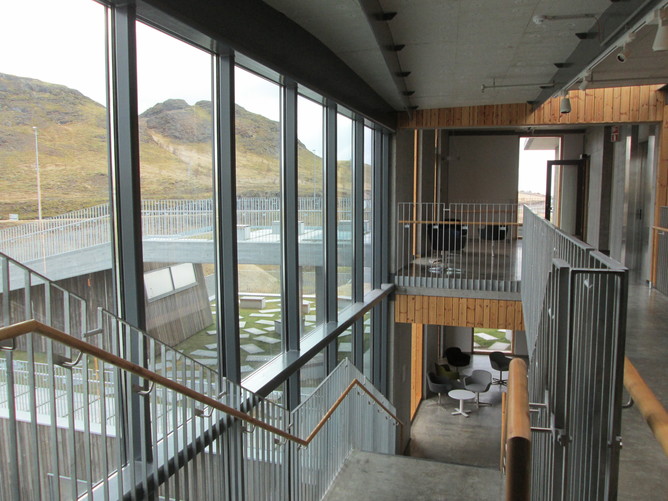July
How a Stirling Prize-winning building might affect learning
Pamela Woolner writes for The Conversation about the relationship between building design and learning environment.
Two of the six buildings shortlisted for the prestigious Stirling Prize are educational. There’s Greenwich University’s new architecture building and a secondary school, also in London: Burntwood School.
This reignites a familiar argument: does educational space affect learning? Research shows that the short answer to that question is a qualified “yes”. But does this mean spending huge sums of money on new buildings? Probably not. The answer to the first question doesn’t address issues of how we should think about building for education or reveal anything about the sort of suggestions the Stirling Prize buildings offer.
People certainly notice the nature of the spaces that they learn in and have opinions; feelings of satisfaction or irritation. This explains calls for “inspirational buildings” for schools and colleges and underpins much current construction work on university campuses.

And having not only a suitable building, but also one that is prize-winning might bring its own benefits. A small study I conducted some years ago suggested that school communities with particularly notable or “iconic” school buildings from previous eras continued to feel pride and interest in their schools.
However, it must be admitted that the evidence points to the negative impact of poor buildings rather than significant advantages of better buildings. As one journalist memorably put it over a decade ago:
Research does show that student achievement lags in shabby school buildings … But it does not show that student performance rises when facilities go from the equivalent of a Ford to a Ferrari.
Improving an educational space can be as much about fitting needs, both existing and emerging, and although this doesn’t rule out fantastic architecture it might not always demand it. Sometimes small scale alterations or very targeted ECERpaperOFPWLT of educational space can support change for the better.

This is perhaps just as well, given the current economic position of many countries, but is not to say that elaborate, beautiful or expensive educational buildings can never be justified. The evidence base reveals the negative effect of poor school premises, but it doesn’t prescribe a single one-size-fits-all solution. Fewer, really fit for purpose schools might be a better use of capital than a blanket provision of buildings that only aspire to be containers for a basic level of education. The suitability of many aspects of an educational building depends on what the inhabitants want to do: collaborative learning in groups, hands-on science, musical performance and sport all make particular, sometimes conflicting, demands on the premises.
So how do we decide where the investment goes? I don’t know Burntwood School personally or professionally, but as an inner city school with nearly half the students generally eligible for free school meals, a good case can be made for successfully targeting resources towards children with substantial disadvantages to overcome. Similarly, it is perhaps appropriate that Greenwich University now has an architecture building that is fitting for any young people inspired through the work of the nearby Stephen Lawrence Centre in Deptford to study architecture.

But this does suggest an obligation upon those with new educational space to invite their neighbours in and to share ideas. I saw this in action recently when visiting a stunning new school building in Iceland. On a tour with the principal, she was keen to point out some of the elements that could be used elsewhere, including revealing that the nice effect we’d assumed was etched glass actually used adhesive film.
Such sharing and collaborating between educational institutions can enable those in more prosaic premises to think how they too might be able to alter their learning environments to add inspiration, more closely match their needs or support specific innovations in learning and teaching.
Pamela Woolner is lecturer in education in the School of Education, Communication and Language Sciences.
This article was originally published on The Conversation.
published on: 17 July 2015
